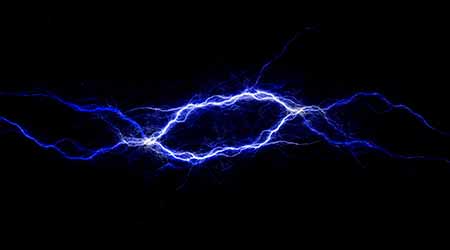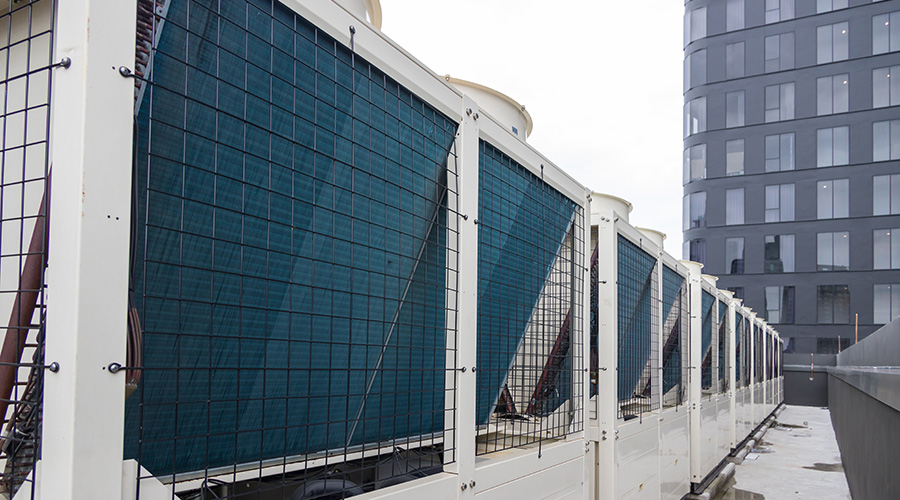Understand Arc Flash Codes, Standards, and Regulations
Arc flash safety is based on the cumulative requirements of the following codes and standards.
No individual code or standard defines all the requirements for arc-flash safety. Arc flash safety is based on the cumulative requirements found in several codes and standards, including the following:
OSHA: Occupational Safety and Health Administration
Federal laws and regulations address a variety of safety issues, including electrical safety requirements, that are necessary for safeguarding employees in the workplace. OSHA addresses electrical safety requirements for all employee workplaces, including commercial office and industrial environments. Key points to be aware of include:
• Section 29 CFR 1910.335 requires employees to be provided with, and to use, appropriate personal protective (PPE) equipment when working in areas where there are potential electrical hazards, such as arc flash hazards.
• OSHA’s General Duty Clause: Section 5(a)(1) of the Occupational Safety and Health Act of 1970 contains the general duty clause that states that employers shall provide a place of employment free from recognized hazards, which include arc flash hazards.
• OSHA also allows for states to develop and operate their own safety and health programs through an OSHA-approved state plan. State plans must be at least as effective as the federal OSHA program. States often adopt standards identical to OSHA but can enforce stricter safety requirements. Employers should be aware of and stay up to date on any additional local electrical safety requirements if they operate in a state with an OSHA-approved plan.
NFPA 70E: Standard for Electrical Safety in the Workplace
This standard aims to provide a safe working area for employees whose job responsibilities entail interaction with electrical equipment and systems with potential exposure to energized electrical equipment. NFPA 70E is intended to be used by employers, employees, and OSHA, and addresses electrical safety requirements for all employee workplaces, including commercial office and industrial environments. NFPA 70E gives specific requirements for selecting PPE and warning workers of equipment’s potential electrical hazards. Employers are expected to adopt and follow NFPA 70E to comply with OSHA’s general duty clause. Facility managers should refer to Article 90 of NFPA 70E for a clear description of what the standard does and does not cover.
• Article 130.5 of NFPA 70E requires employers to perform an arc-flash risk assessment for electrical equipment. The purpose of performing an arc-flash risk assessment is to identify all arc-flash hazards present, so employees can be aware of the associated hazards of the equipment and assign appropriate PPE. One of the requirements of Article 130.5 is to provide arc-flash labels for electrical equipment indicating system voltage, arc-flash boundary, and information to determine the minimum arc rating required for the PPE.
• NFPA 70E provides employees with two methods for determining the minimum PPE arc rating required at electrical equipment: the “incident energy analysis method” or the “arc flash PPE categories method.” The incident energy analysis method involves performing an arc flash study, in compliance with IEEE 1584, to calculate the incident energy available at the electrical equipment. The arc flash PPE categories method involves utilizing the Tables in section 130.7 to determine the equipment’s Arc Flash PPE Category, previously known as the Hazard/ Risk Category (HRC), which dictates the PPE required for the task. If a task is not listed, or the exact conditions are not met, as described in the Tables, the arc flash PPE categories method cannot be utilized, and an incident energy analysis will be required. For this reason, it is best to utilize the incident energy analysis method for providing compliant arc flash labels for all equipment.
• Introduced in the 2015 edition of NFPA 70E, employers are no longer allowed to list a PPE Category on an arc flash label if the label is provided with the available incident energy, as was permitted in previous editions of NFPA 70E. The reasoning for this is that NFPA 70E PPE categories should only be reference when utilizing the arc flash PPE category method and should not be referenced through the results of an incident energy analysis. Employees can assign a “Site-specific level of PPE” to be listed on arc flash labels, providing the employee with opportunities to coordinate and simplify their PPE policy by utilizing PPE that may already be required per the facility’s existing safety programs. If site-specific PPE levels are desired, employees should coordinate these levels with personnel performing the arc-flash hazard study and providing the arc flash labels.
* It should be noted that NFPA 70E is a standard voluntarily adopted by employers and is generally not adopted by local jurisdictions. As such, providing detailed arc-flash labels for electrical equipment with reference to NFPA 70E is not an enforceable code requirement. However, employers can utilize NFPA 70E as a way to comply with OSHA electrical safety mandates, even though NFPA 70E is not officially adopted by OSHA.
IEEE 1584: IEEE Guide for Performing Arc-Flash Hazard Calculations
IEEE 1584 is an accepted industry standard that provides procedures and methods to calculate arc-flash incident energy to which workers may be exposed. The results obtained from the incident energy calculations can be used to determine appropriate arc-flash PPE as specified in NFPA 70E.
Calculating available incident energy requires information on the equipment’s short circuit contribution and overcurrent protection settings; because of this, an arc-flash hazard analysis cannot be performed without also performing a short-circuit study and protective-device coordination study. The arc-flash hazard study will require collecting field data to verify the facility’s electrical distribution and overcurrent protective device settings. The study should only be performed along with survey verification and should not rely solely on existing documents and single-line drawings.
NFPA 70: National Electric Code (NEC)
NFPA 70 is the standard for safeguarding persons or property from hazards associated with electrical installations. Article 110.16 states that electrical equipment that is likely to require interaction while energized shall be field-marked to warn workers of potential electric arc-flash hazards. NEC 2017 introduced an addition to Article 110.16 requiring more stringent arc-flash labeling requirements for service equipment rated 1,200 amps or more, essentially requiring the equipment to be assessed for arc-flash risk. This NEC labeling is not required if an arc-flash label is provided in accordance with “acceptable industry practice,” such as NFPA 70E or IEEE 1584. Employers should ensure service equipment is included in the facility’s arc-flash hazard study, which may require coordination with the utility provider to determine upstream overcurrent protection settings. The NEC is regionally adopted and enforced by states and local municipalities, and this new arc-flash labeling requirement will be enforced by local jurisdictions that have adopted NEC 2017.
NESC: ANSI C2 National Electrical Safety Code
The National Electrical Safety Code (NESC) defines the basic requirements for protecting employers from hazards associated with electric power utility systems, and covers utility spaces as well. The NESC scope extends to the point of service where it is transferred to the on-site wiring system (where the scope of NFPA 70E begins).
Related Topics:














